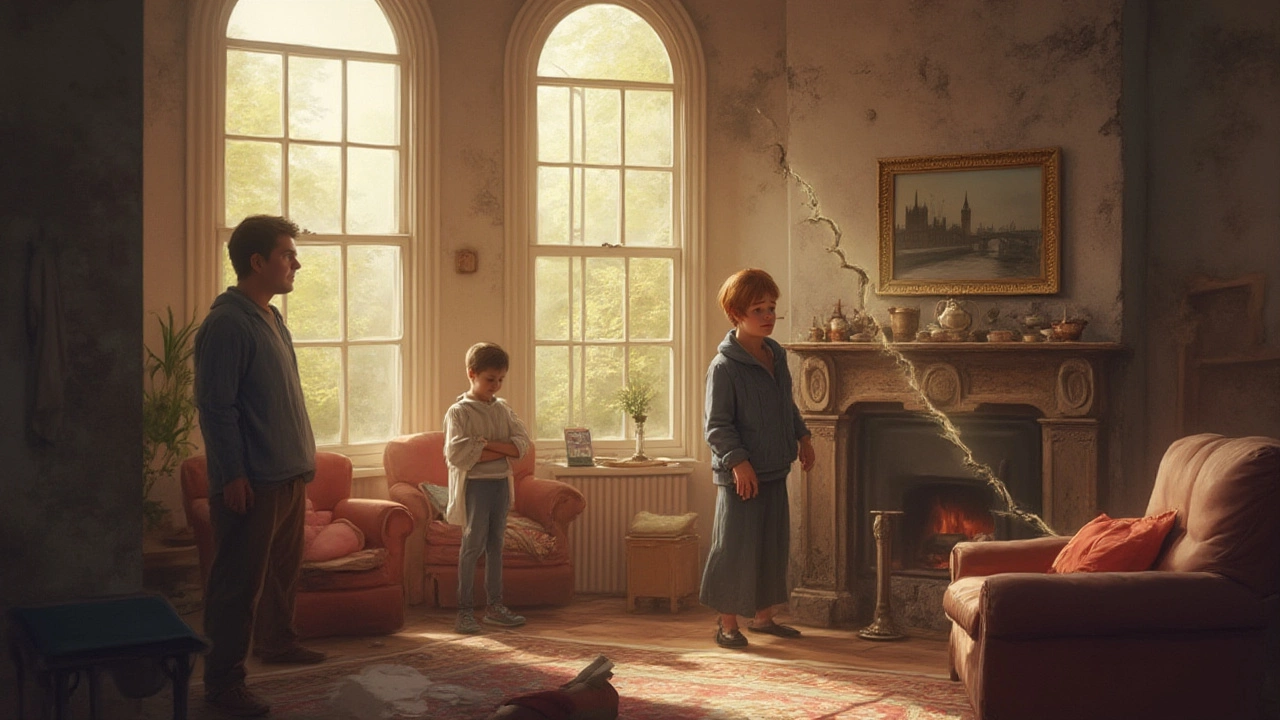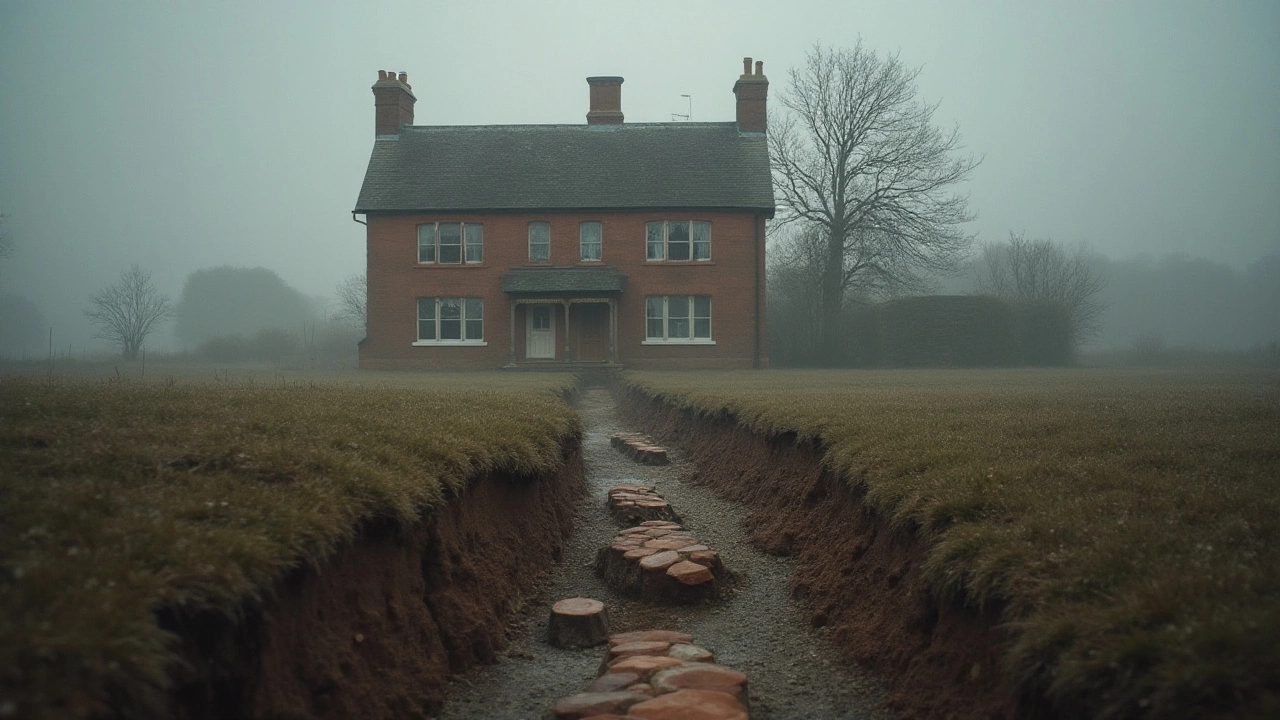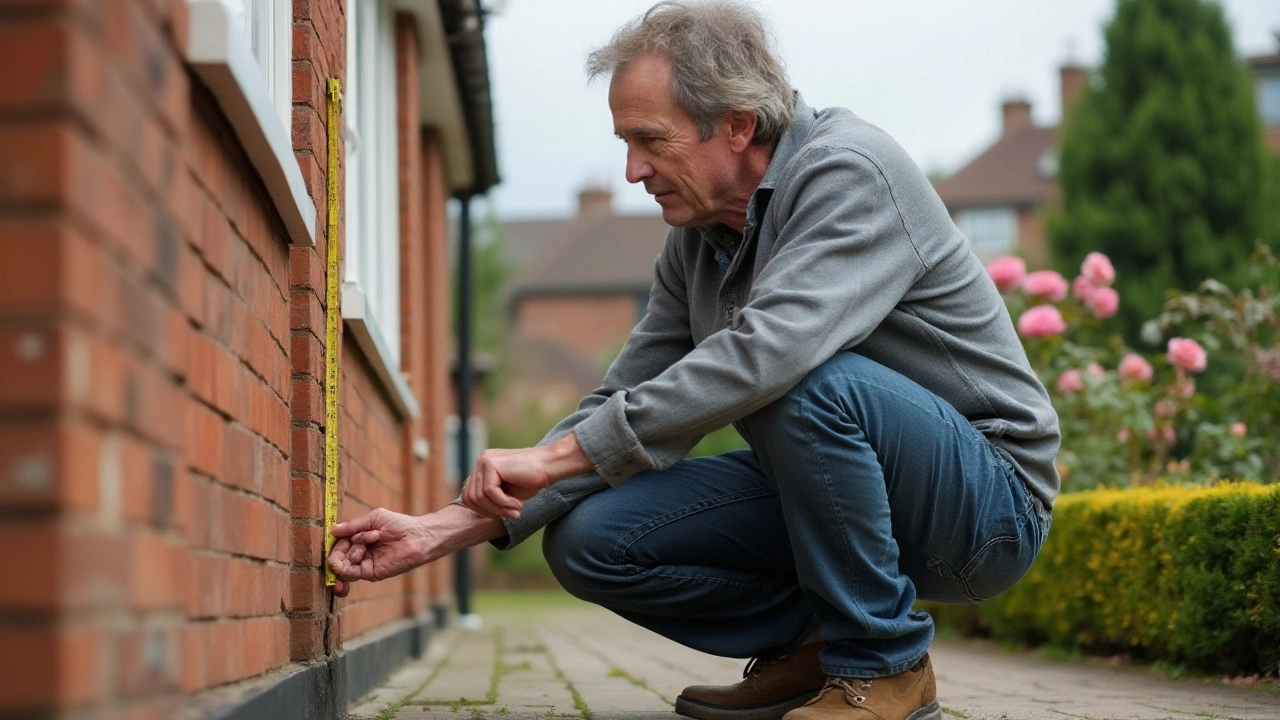Structural Integrity – Why It Matters for Your Home
When you hear “structural integrity,” think of the bones that hold a building together. If those bones are weak, everything else – walls, roofs, even your pipes – can suffer. A solid structure keeps your home safe, cuts down repair bills, and protects the value of your property.
Common Signs Your Structure Is Compromised
First signs are usually easy to miss. Look for cracks bigger than hair‑line widths in walls or ceilings – especially if they grow over weeks. Uneven floors, doors that stick, and windows that won’t stay shut are also red flags. In the plumbing world, leaking pipes that cause water stains on foundations or cause mold can signal that the surrounding concrete is shifting.
Another tell‑tale sign is sagging roofs or bowing walls. If you hear creaking noises when the house settles after a storm, that’s a clue the frame is under stress. Don’t ignore these clues; they often point to deeper foundation or load‑bearing issues.
Practical Ways to Preserve Structural Integrity
Start with regular inspections. A quick walk around the outside, checking for cracks in the foundation, and a peek inside for wall cracks can catch problems early. If you spot anything, call a qualified builder or structural engineer – they’ll tell you if it’s a cosmetic issue or a serious threat.
Keep moisture away from the foundation. Good drainage, functional gutters, and a well‑maintained sump pump prevent water from weakening concrete. For plumbing, replace old, corroded pipes before they burst and cause soil erosion around footings.
When you plan renovations, ask your contractor about load‑bearing walls. Moving a wall without proper support can crack the entire structure. Using the right type of cement and reinforcing steel in repairs can make a big difference – don’t settle for cheap mixes.
Lastly, don’t skip the small fixes. A tiny crack sealed with proper filler can stop water from getting in and freezing, which would widen the gap. Simple steps like tightening loose bolts on beams or tightening pipe brackets can keep the building’s “skeleton” from loosening over time.
Keeping structural integrity in check isn’t rocket science, but it does need a bit of attention. Spot the signs, act fast, and make sure any repair uses quality materials. Your home will stay safe, and you’ll avoid costly surprises down the road.




